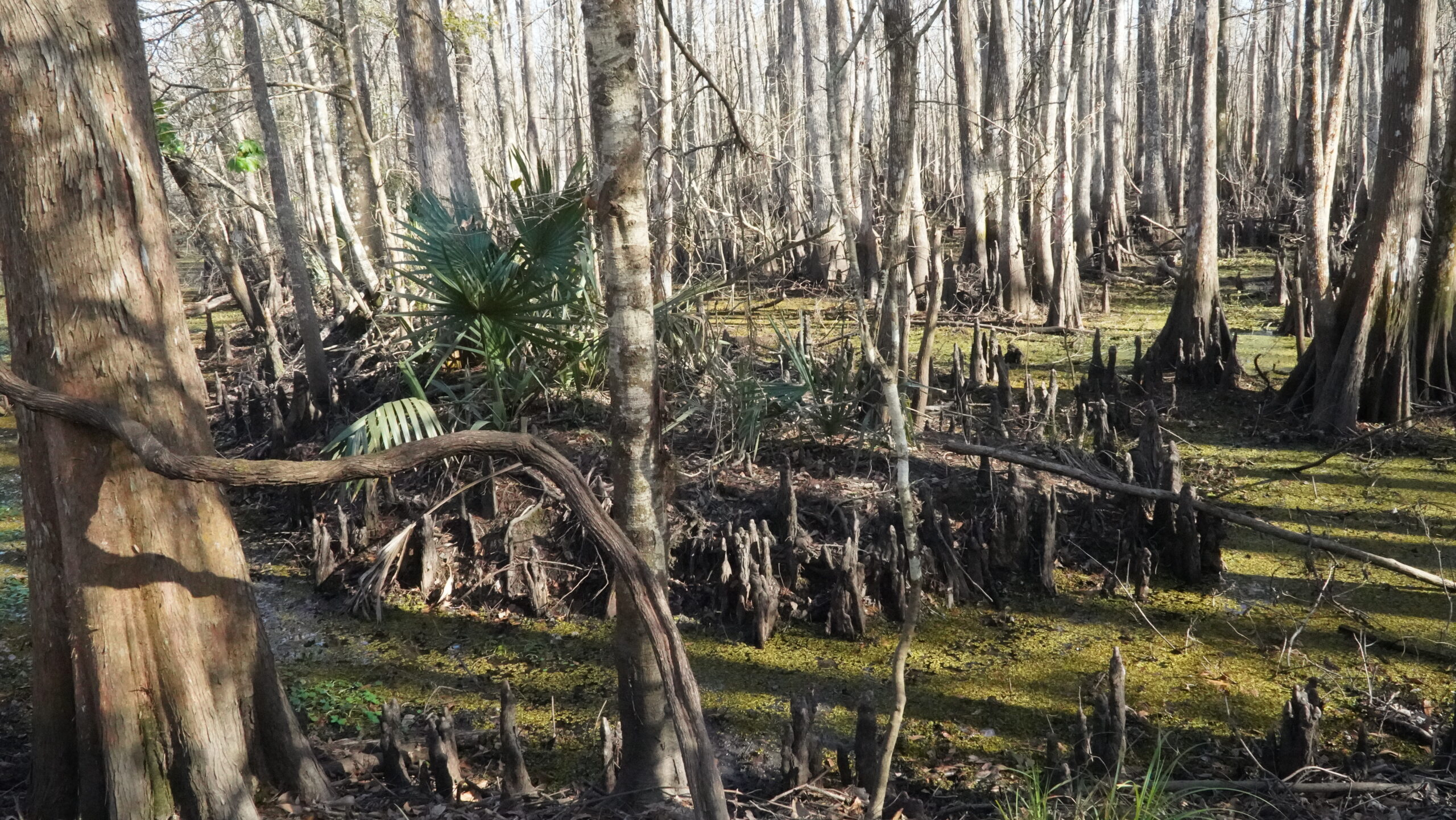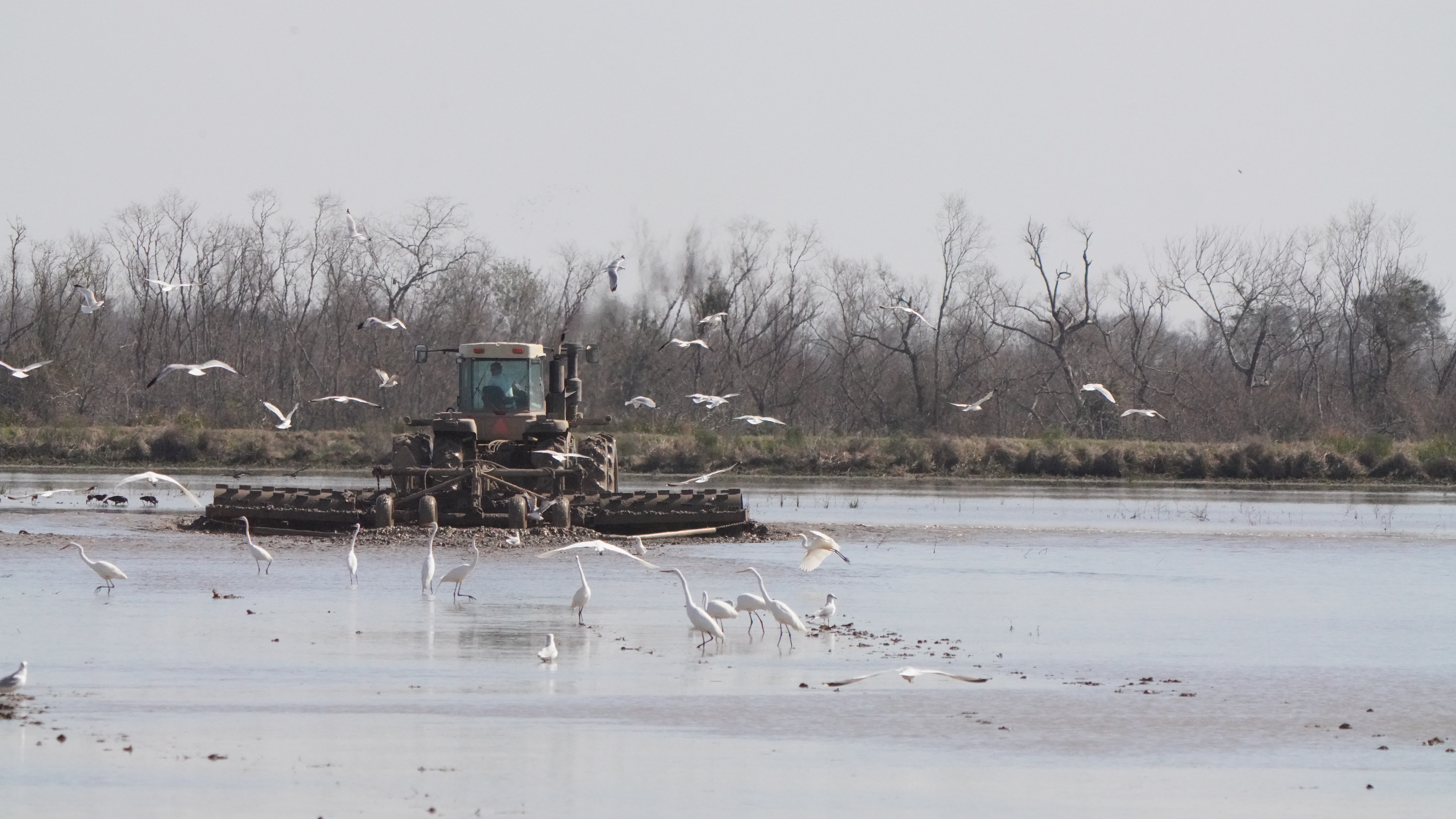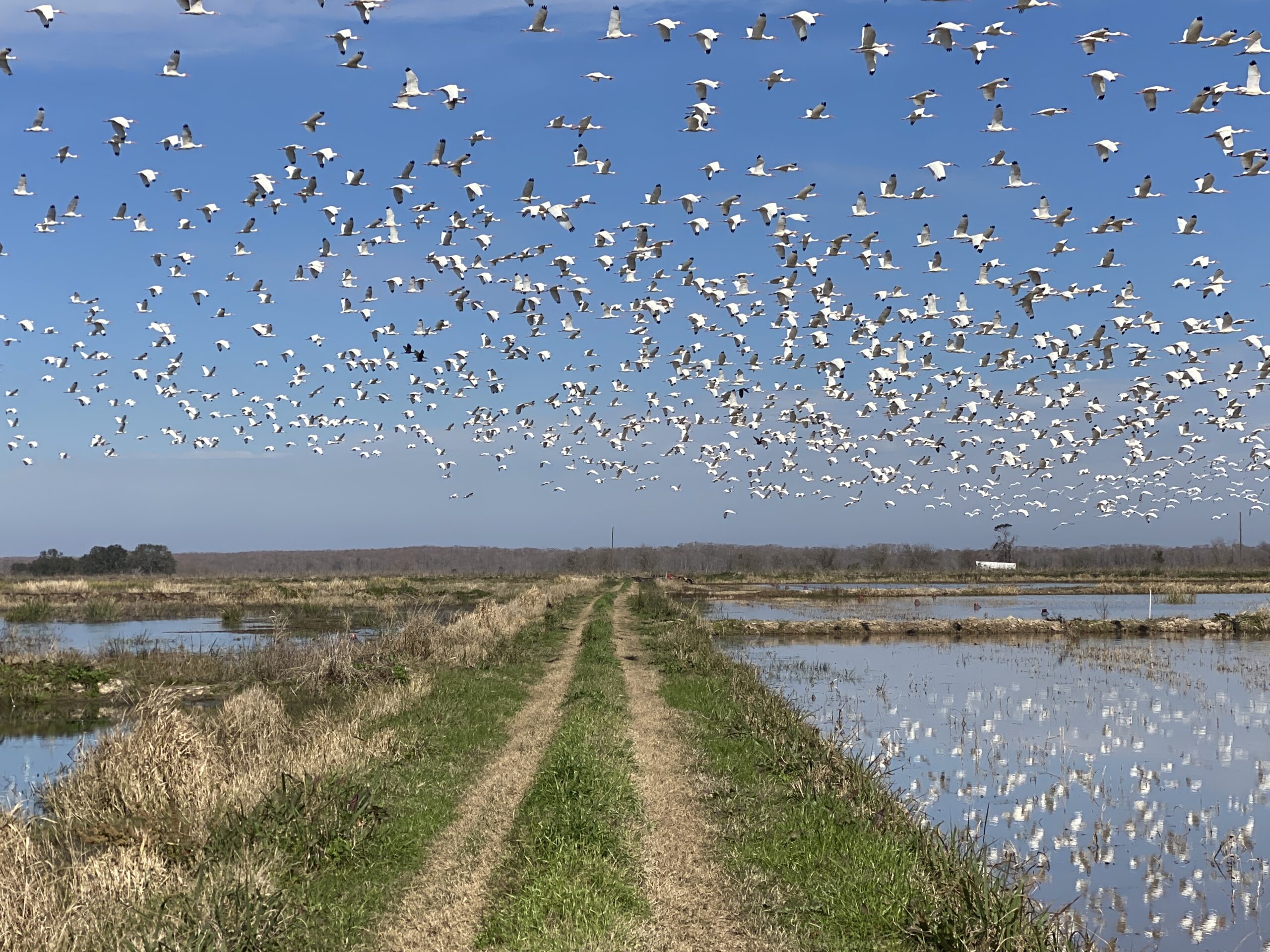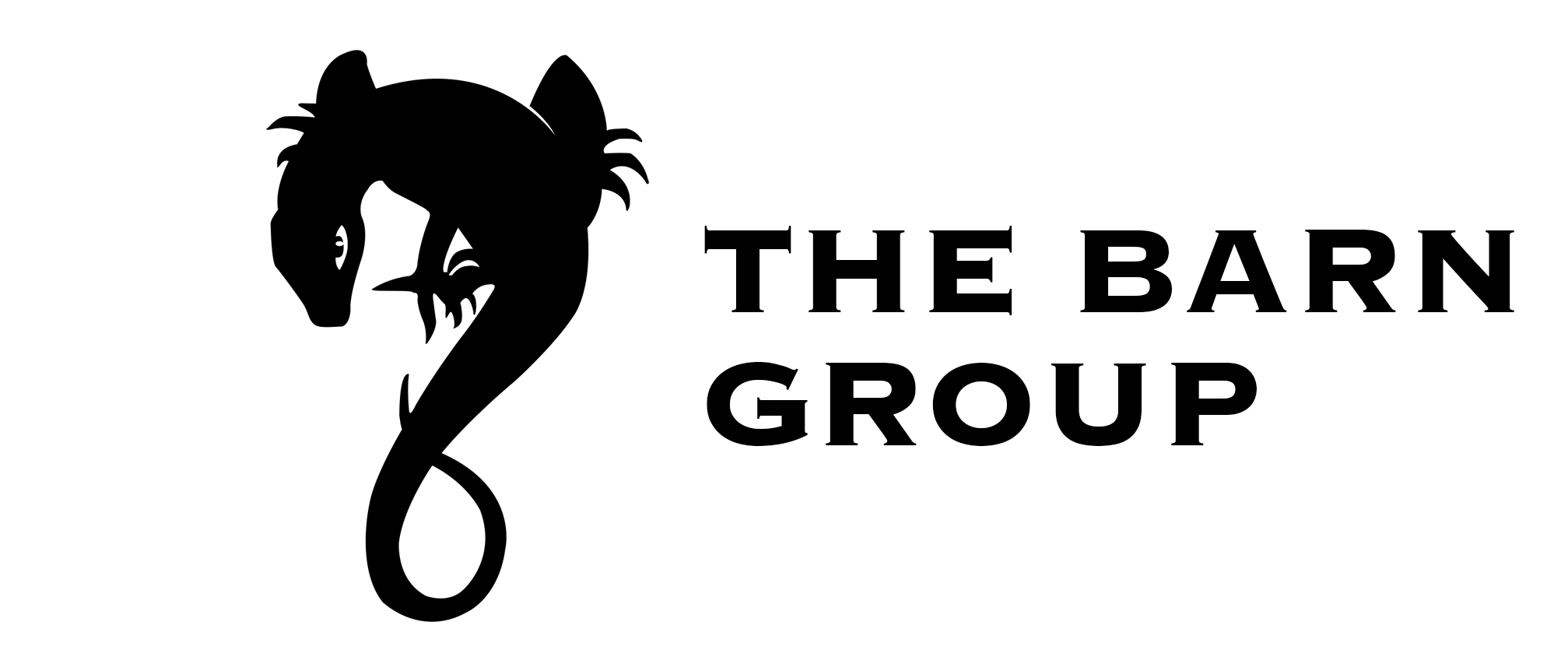Louisiana Coastal Plain
The Barn Group (TBG) owns and holds conservation easements on 23 properties in the Coastal Plains region of Louisiana near the towns of Welsh, Dewolfe, and Kinder. These properties are utilized for rice and crawfish agriculture and harbor habitats and provide ecological services that forward local and national conservation initiatives and support native wildlife.

Habitat Features
TBG conserved properties in this region are characterized by a mixture of bottomland hardwood forests and rice/crawfish fields. This combination of habitat supports a wide range of flora and fauna creating a rich and ecologically significant environment. The rotational nature of rice and crawfish production creates a diversity of habitats year-round. Fields may be fallow with emergent and annual vegetation, barren mudflats, or shallow ponds, each providing distinct ecological services. The presence of crawfish introduces a vast high-energy food source for wildlife, particularly migratory shorebirds that overwinter in Louisiana. Bottomland hardwood forests are seasonally flooded forested wetlands dominated by cypress, oak, maple, and sweetgum and are often adjacent to production fields. They offer an immense source of cover, water, and food resources for native and migrating wildlife.
Land Use
The Coastal Plains of Louisiana host a unique blend of fertile soils, favorable climate, and abundant water resources which make it an ideal region for rice and crawfish agriculture. The majority of these conserved properties are used in active rice and crawfish production. These operations not only help bolster local economies but also contribute to the rich agricultural heritage and culinary traditions of the area. Coastal prairie wetlands have greatly diminished over the last century, but when implemented correctly, these agricultural practices mimic many of the same ecosystem services that have been lost to the region.


Species Diversity
These conserved properties are filled with life. TBG biologists have done in-field surveys, audio surveys, and game camera surveys to document the wildlife diversity utilizing these conserved habitats. The 107 bird species, 14 amphibians, 9 mammals, 3 reptiles, and 10 insects that have been documented by TBG staff represent only a fraction of the diversity hosted in these habitats. This region of Louisiana provides quality stop over habitat for migrating birds and overwintering waterfowl such as the wood stork, roseate spoonbill, little blue heron, egrets, ibises, and ducks. Many of these birds have declining populations and are classified as species of greatest conservation need. The abundant resources on the properties TBG has conserved will be preserved in perpetuity for the maintenance and support of these sensitive populations.
